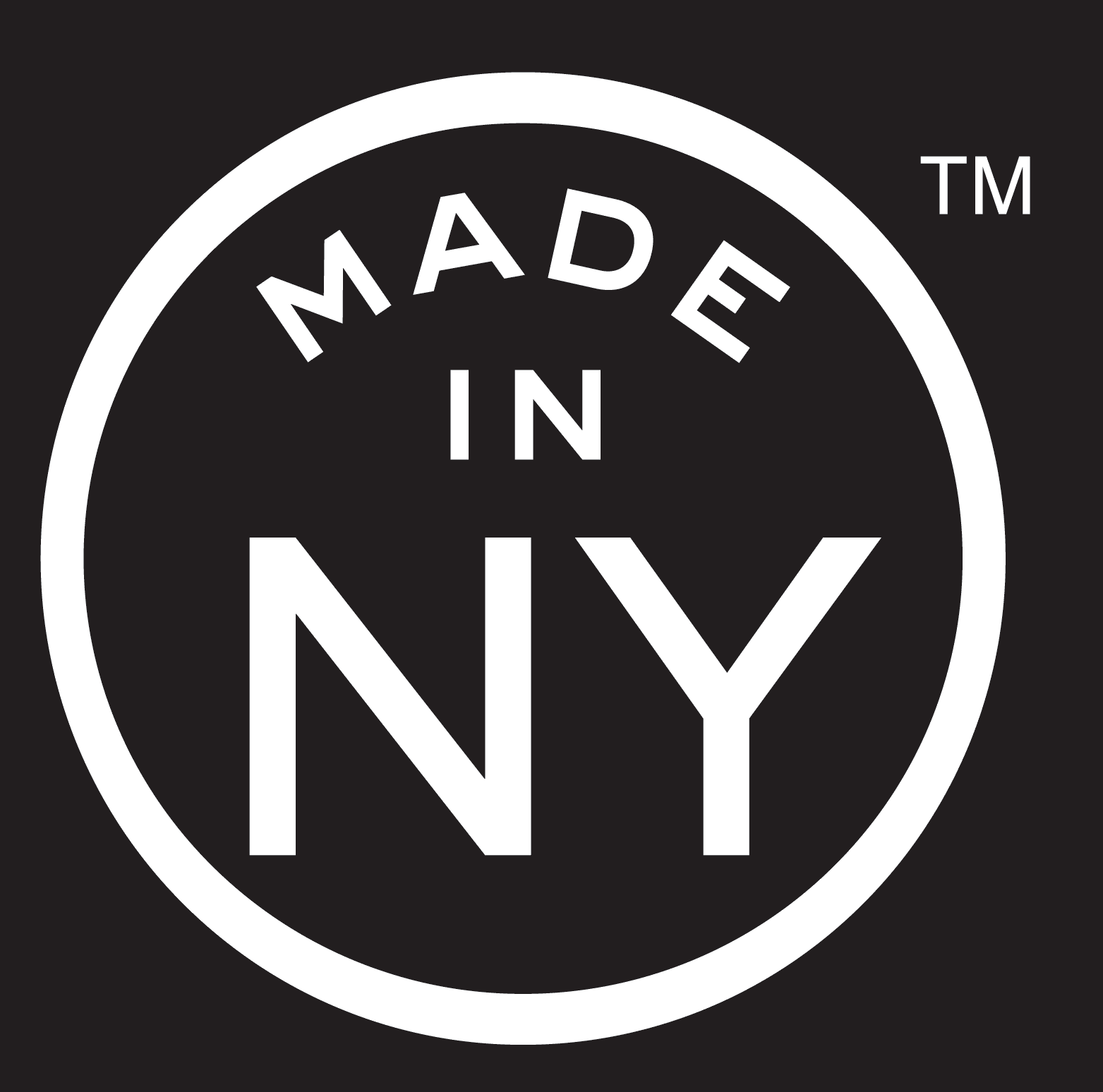Part of a thriving industrial hub is having the business and skills that support the sector. If you’ve got them, you need to tell the world you’re open for business.
Somebody who is doing this well is New York City’s Office of Media and Entertainment which runs the Made In NY program.
While much of the focus of the program is on attracting film production, Made in NY recently branched out into promoting the city’s tech community boasting successful businesses like video sharing site Vimeo, tutor matching service Tutorspree and stock photography supplier Shutterstock.
Towards the end of the Shutterstock clip one of the staff mentions ‘drop bears’ – a little bit of Sydney argot creeps into the story.
It’s the Sydney connection that makes the Made In NY campaign so bittersweet, I was involved in setting up the Digital Sydney project for the New South Wales government.
While Sydney doesn’t have the size of New York’s or London’s tech industries it does share the advantage of being one of the most diverse cities in the world. The work of organisations like ICE in Parramatta is important in realising some of that potential.
That potential is huge – having sizeable communities of East and South Asian language speakers gives Sydney a real opportunity in the Asian Century.
Unfortunately most of those communities live in Sydney’s West and while lip service is given to the needs of that region most economic development work focuses on corporate welfare for established interests and supporting inner city stuff that white folks like.
When I started at what was then the Department of State and Regional Development in 2009 I was told that many in the agency believed NSW stood for “North Sydney to Wooloomoolloo”, something that largely turned out to be true. The west of Sydney, like most of the state, took second place behind the wants of big business.
This is what’s encouraging about the Made In New York campaign, it promotes smaller business – although they all seem based in lower Manhattan staffed largely by a middle class monoculture, which seems to be a problem when you buy into hipster chic.
Hipster chic is one of New York’s strengths and that’s what every city and country needs to be doing in a global connected economy.
If you can’t define and articulate what it is you add to the economy, then you’re locked into the low value, small margin commodity end of the marketplace and that is a tough place to be.
The question for all of us, on a personal and a national basis, is do we want to be price taking commodity producers or do we want to develop the high value, growth business of the 21st Century.
New York City has made its choice, we have to make ours.

Leave a Reply